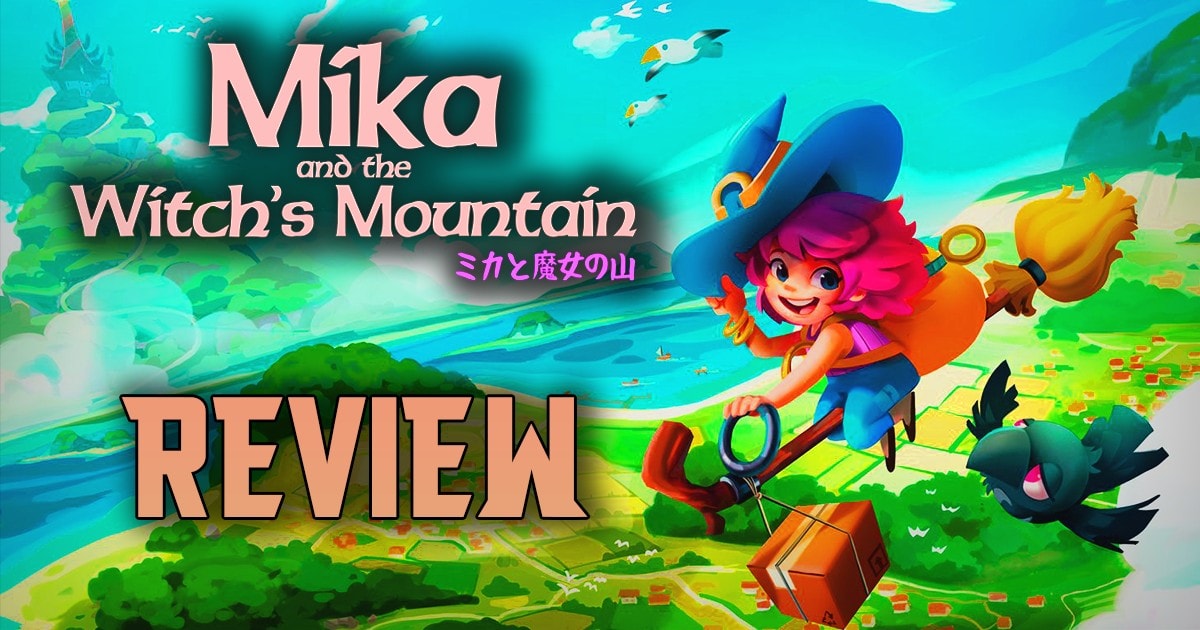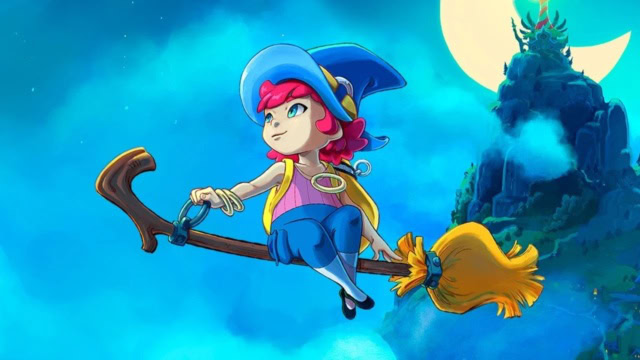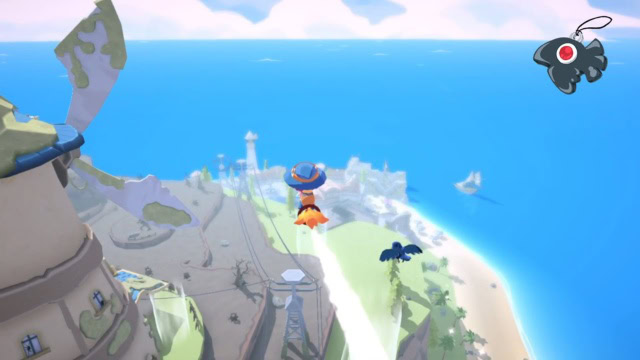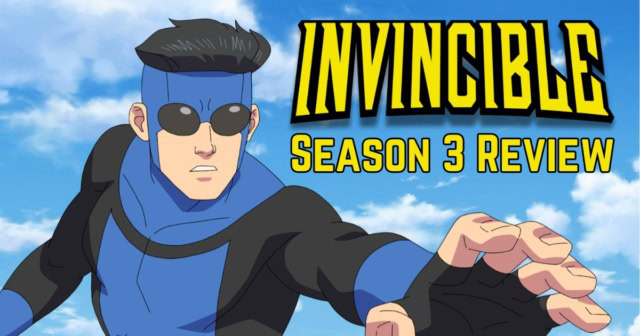Game Review: ‘Mika and the Witch’s Mountain’

Mika and the Witch’s Mountain is an action-adventure independent game developed by Chibig and Nukefist studios. It was initially in early access last year, but now a full version has been released for PC and other platforms. The early release vibes of the game instantly charmed players with its colorful visuals, simple yet addictive gameplay, and familiar mechanics known from the studios’ other amazing small games.
[Note: While I am reviewing this game independently and honestly, it should be noted that it has been provided to me by Chibig, Nukefist & Keymailer for the purpose of this review. Warning: light spoilers from Mika and the Witch’s Mountain are below!]
Mika and the Witch’s Mountain is a fairy-tale story full of magic and fun
At its core, Mika and the Witch’s Mountain is about a girl named Mika, a young, bright witch-in-training who goes on a journey to prove to everyone that she is worthy of being a witch. Like any aspiring witch, Mika must complete her training. Still, instead of focusing on combat training or practicing spells, her trials are to deliver packages to the residents of a magical island, Mont Gaun. But what is her goal in all this? It is to be awarded a trip to the titular Witch’s Mountain where she can earn her place as a true witch.
Before I played this game, I thought it would simply be a game meant for kids. But when I was tired after work, it was so easy to come home, play for a bit, deliver some packages, and just chill. The simple narrative lets me enjoy the simplicity by focusing on Mika’s relationships with other people while going around this beautiful island.

Each character we meet offers us more than just a delivery task. They tell us their life stories and funny legends, give us challenges, and more. For example, there’s a grumpy lighthouse keeper who’s not warm towards newcomers, but he is an inventor who’s always creating new gadgets. These interactions create a community that you believe exists. A huge part of the game is also in themes of emotional growth and responsibility. As Mika learns more about becoming a true witch and navigating her duties, she’s reminded of the meaning of hard work in life.
Gameplay is familiar, relaxing, and funny
The gameplay in Mika and the Witch’s Mountain is simple, but relaxing. It centers around constant exploration and delivery-based tasks. Mika’s primary form of transportation is her magic broom, which allows her to fly across the beautiful island. Flying feels simple, intuitive, and smooth. This is a crucial element for me, considering how much of the game’s charm is based on the player’s movement. Complicating the travels make things a little challenging. Sometimes you have to glide carefully through the air, dodge obstacles so you don’t fall, or gently land to deliver packages without breaking them.
Sounds simple, right? It sounded simple to me at the beginning, too. The game introduces us to various challenges to keep us engaged. Environmental hazards like strong winds, rain, or angry seagulls can damage or even destroy the packages, forcing us to think strategically before we do anything.
For example, flying too high during a storm might expose our package to lightning and damage, and flying too low in certain areas can trap us. The delivery system isn’t only a mechanic; it helps to tell a wider story. Every delivery reveals more lore about the island’s inhabitants and their lives. These moments add emotions to the gameplay and help us feel more connected to the story and its characters.

As we as Mika complete our deliveries, we earn coins, which can be used to upgrade our broom or purchase new ones that have unique abilities. One broom can give us more speed, which is ideal for long-distance deliveries, while another offers better steering for navigating tight spaces. The progression system keeps the gameplay fresh, as we are encouraged by the game to experiment with different brooms and adapt to the different challenges of each delivery.
Additionally, we can earn tips from satisfied customers, which can be used to buy cosmetic upgrades. These include new outfits for Mika or magical trails that leave sparkling effects as she flies. While purely aesthetic, these options allow us to personalize our experience.
Visuals, technical aspects, art direction of Mika and the Witch’s Mountain
One of the standout features of Mika and the Witch’s Mountain is its art style. It draws a lot of inspiration from Studio Ghibli’s aesthetic. The game features hand-painted textures, vibrant colors, safe, and warm atmosphere. The island feels alive, with details like swaying trees, crowded markets, and villagers going about their day-to-day lives. Each character has a unique design that reflects their personality through their clothing, expressions, stories, and gestures.
The visuals extend to Mika herself. Her animations are smooth and full of personality, warmth, and humor. You can notice it, especially from the way she kicks off the ground to start flying, finishing off with the way how she reacts to all the environmental challenges.
The PC version of Mika and the Witch’s Mountain benefits from better-looking and enhanced graphics, which help to experience the island in stunning detail. Textures are sweet, lighting effects are dynamic and fit the island, and the game runs smoothly even on a mid-range PC. For those with high-end PCs, the game supports 4K resolution and higher frame rates, which I recommend trying.
The controls are optimized for both the keyboard and mouse, as well as for the controllers, with the latter helping you to fly and navigate better. While the game generally performs well, I’ve noticed a few minor bugs, such as occasional drops in FPS or packages being stuck in random places in the environment. However, these glitches are not very common, and they hardly distract you from the overall experience.
The audio and music in Mika and the Witch’s Mountain are very cozy and make the overall atmosphere of the game warm and calm. The soundtrack features a mix of soothing melodies and uplifting tunes, perfectly matching the game’s changing tone. Each area of the island has its own theme. It ranges from the exotic music of the forest to the playful, cozy piano notes of the village. The music changes dynamically to our actions.
Sound effects are also very well-crafted, from the leaves on the wind flying through the trees to the simple sounds of the water’s ebb and flow. NPCs have different voice lines, and though they are gibberish (not fully voiced, similar to modern Pokémon games), they always add a more personal layer to the characters we interact with.
Final thoughts on Mika and the Witch’s Mountain
For me, Mika and the Witch’s Mountain is another great example of how you can take a simple concept of a game, execute it with care and creativity, and give players a simple and relaxing game. Its charming narrative, easy-to-learn gameplay, and warm visuals mix to create a world that players will want to return to time and time again just to relax.
This game is more than just a delivery simulator. It’s not as serious as Death Stranding or as demanding as other delivery games. It’s just a game about a girl who wants to become a witch, and we are here to help her create her own story, while learning more about her community, her history, and the joy in everyday tasks. Whether you’re gliding through the skies on a magic broom or chatting with the island’s residents, Mika and the Witch’s Mountain offers a cozy escape and relaxing atmosphere that’s as heartwarming as it is magical.
Mika and the Witch’s Mountain is now fully released on all platforms.
Invincible Season 3 Keeps Hitting Hard




